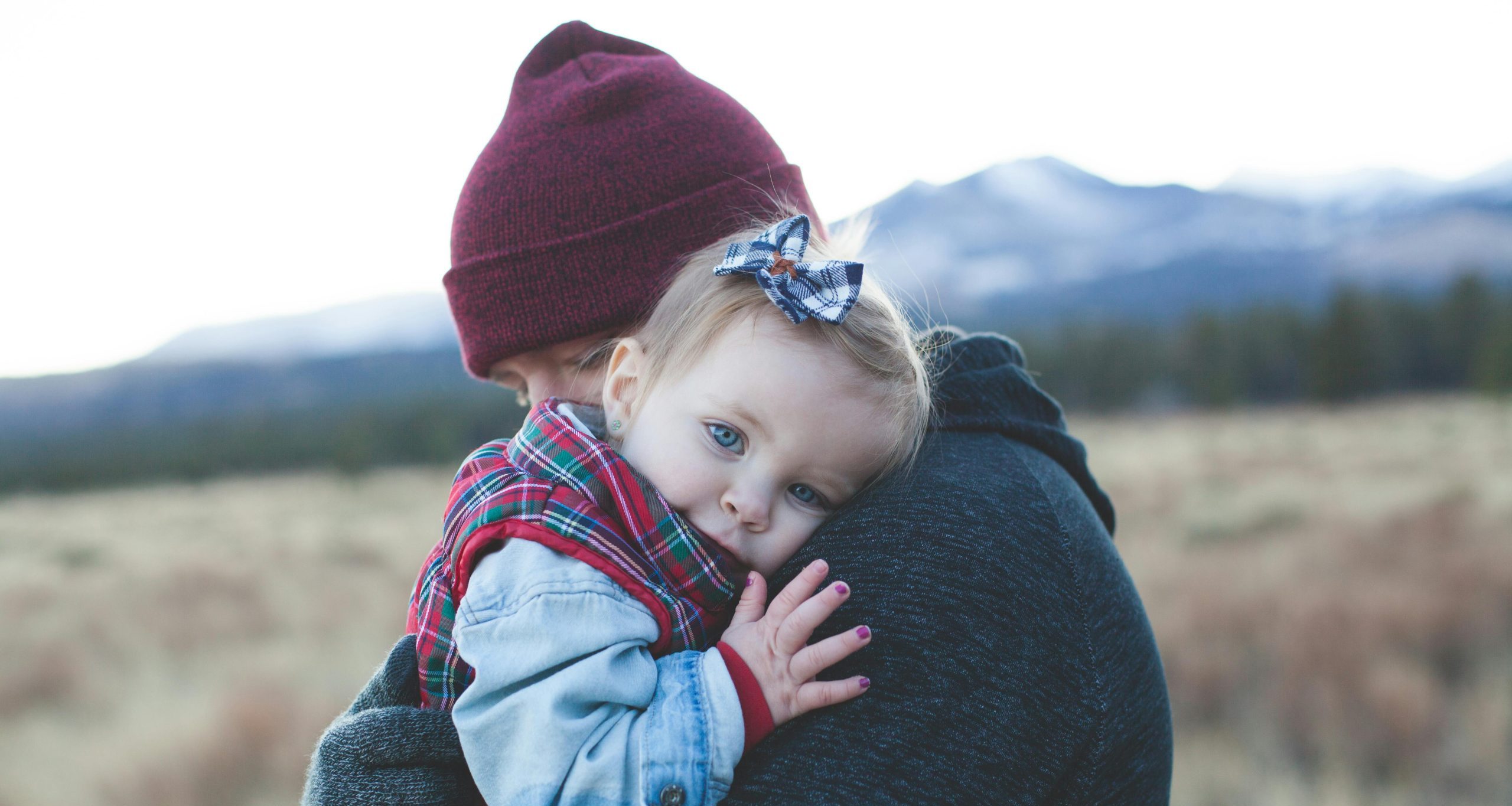I’ll bet every year on the third Thursday of October, you take a moment to participate in the Great ShakeOut drill. In the Pacific Northwest, where the threat of a massive earthquake is ever-present, we take seriously the call to drop, cover and hold.

But then we get out from under the desk, dust off our knees, and go right back to answering emails. The moment is over. The point of the annual activity quickly fades.
That’s not just unfortunate; it’s alarming.
Because the odds are…
No matter where you live, the probability of a natural disaster such as a flood — or an unnatural one like a workplace shooter — is real.
If you’ve anticipated the most likely risk scenarios for your area, you’ve probably also thought about how you would avoid or survive the risk. That preparedness is essential. It could save your life.
It only takes an hour each month.
Prepare in a year
As it’s bearing down on you, the horror of a hurricane can be over-whelming. But, when you know it’s on the way and you have an action plan, you can dial down the panic.
In our corner of the country, where relatively slow-moving disasters such as flooding, landslides or wildfires are fairly frequent, we work to Prepare in a Year. It’s possible to build both a plan — and confidence — by completing one assignment per month.
For instance, getting started on an action plan is as simple as answering these questions:
- Where will your co-workers (or family) meet up when it’s safe to do so?
- Who is your out-of-area contact and can you text them?
- Do you have a “go bag” stocked with snacks, water, essential medicines and a First Aid Kit?
And then?
Once you’ve created a plan, practice it a few times to commit it to memory. After that, it could be as simple as occasionally updating contact information or replacing stale snacks. But if you’re ready to up your game? Try getting Two Weeks Ready and sign up for the next Great ShakeOut.
Amy Cloud is a media relations and PR professional with 20 years’ experience in healthcare, higher education, municipal government and emergency management. She is a FEMA-trained crisis communicator and certified Advanced Public Information Officer (APIO). Over her career she has been a national award-winning magazine writer and editor, TV reporter, newsroom supervisor and EMMY-nominated producer. Using her master’s degree in Adult Education, Amy has prepared trainings ranging from engaging the media and effective interviews to creating public service ambassadors. She is an Emergency Management PIO and a member of the Governor’s Committee on Disability Issues and Employment.





Leave a Reply
You must be logged in to post a comment.